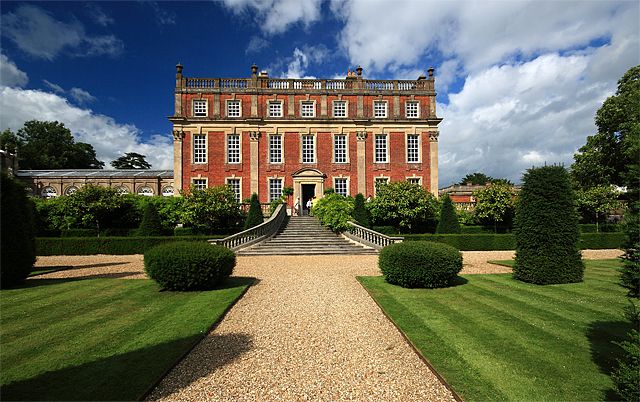Nathaniel Ireson
Master Builder, Architect, Potter
Not a native, but by journeying, hard work and ability, acumen and opportunity, Nathaniel Ireson achieved a respected legacy, not least in the town and area he came to call home.
A man of the Midlands, he became a reliable and obviously capable master mason, good enough to be trusted by his employer, Smiths of Warwick, to work on the construction of a grand house at Hale in Hampshire. In an age of patronage, he gained further work, notably on Colen Campbell’s design of Stourhead House in Wiltshire. Although, rather sniffily, referred to as a “middling sort”, he was sufficiently respected to become a churchwarden at Stourton.
During the years he worked on Stourhead, Wincanton was ravaged by fire and Ireson had the opportunity to rebuild much of the town. He also acquired a sizeable tranche of land on the high ground on the outskirts of the town where he built himself a family home from stone.
Showing entrepreneurial flair and with no brick factories in those days, he had bricks made on his own land. He also grasped an opportunity presented by the death of the local potter to take over the pottery and, with the assistance of the brothers Linslee from Bristol, who undoubtedly gained their proficiency in that area, produced not only the necessary wares for domestic use locally, but some commissioned pieces also.
The output of his pottery was delftware, the blue and white style that originated in the Dutch town of Delft and had become fashionable. The products of Ireson’s kiln were often tinged with a distinctive pink, arising from the presence of manganese in the worked material. Not all firings were successful, an even and constant temperature being difficult to sustain in a wood fired kiln. Those pieces that do survive are valued with several being in various museums and a few being in private collections. By 1750 the local source of clay was running out and the pottery closed.
Throughout this time Ireson himself was still occupied with building work, acting as what we would now know as an architect, as well as master mason. He travelled considerably to discharge his commissions – no mean feat in those days when roads were often little more than tracks, muddy, even boggy, in bad weather, rutted and dusty in dry weather. It is likely most of his journeys were on horseback, setting out at sunrise and, quite possibly, away for several days. He is known to have worked on Crowcombe Court, located between Taunton and Minehead, also on Meadow Court at Tockenham, close to Royal Wootton Bassett. Both places some 50 miles distant – in opposite directions. Ven House near Sherborne is another Ireson edifice, as is Shanks, not far from Wincanton. Several churches boast examples of Ireson work, from the local parish church to those at Redlynch and Bruton.

That Ireson was not only successful in his profession but lived comfortably is evident from the properties he acquired in Bristol and the reputation he gained as “a warm man” in the days before banking was not available to all and sundry. While obviously a successful businessman, he also gave back to the local community, serving as churchwarden for the parish church and as trustee for the local poorhouse.
The one area that let him down was his family life. Fathering several hopeful children over the years, one by one they died before maturity until only Anne and the unmarried Martha were left. In later years Ireson became concerned (one is tempted to say obsessed) with the survival of his line and name. To achieve this, he appears to have required that his surname be part of the name of descendants down the female line, though Anne.
The churchyard of Wincanton Parish Church contains a memorial to Nathaniel Ireson, created by himself and recently restored by way of the proceeds from Peter Fitzgerald’s book “Nathaniel Ireson of Wincanton” which casts far more light on this adopted son of the town than this article can.
